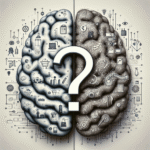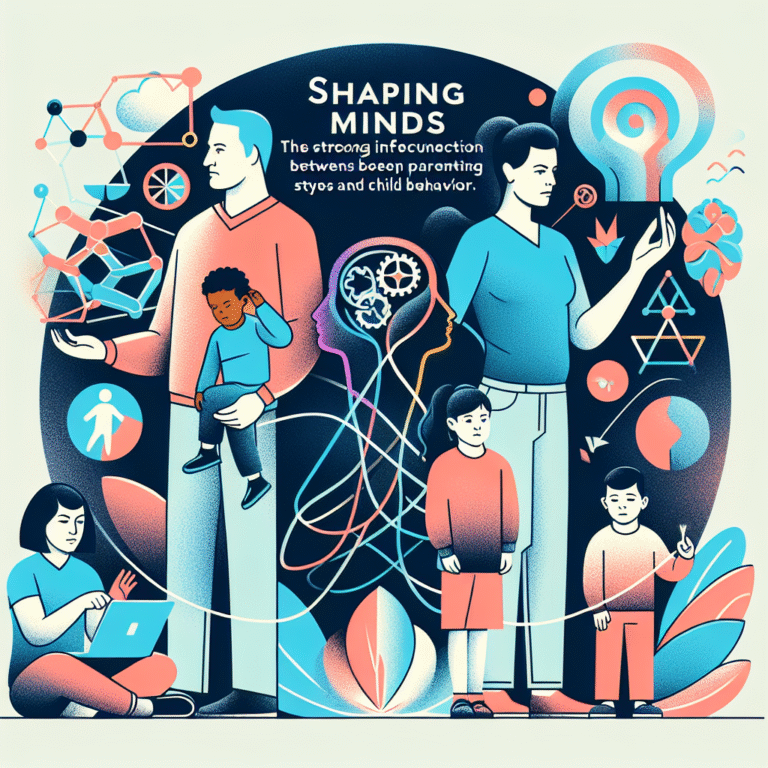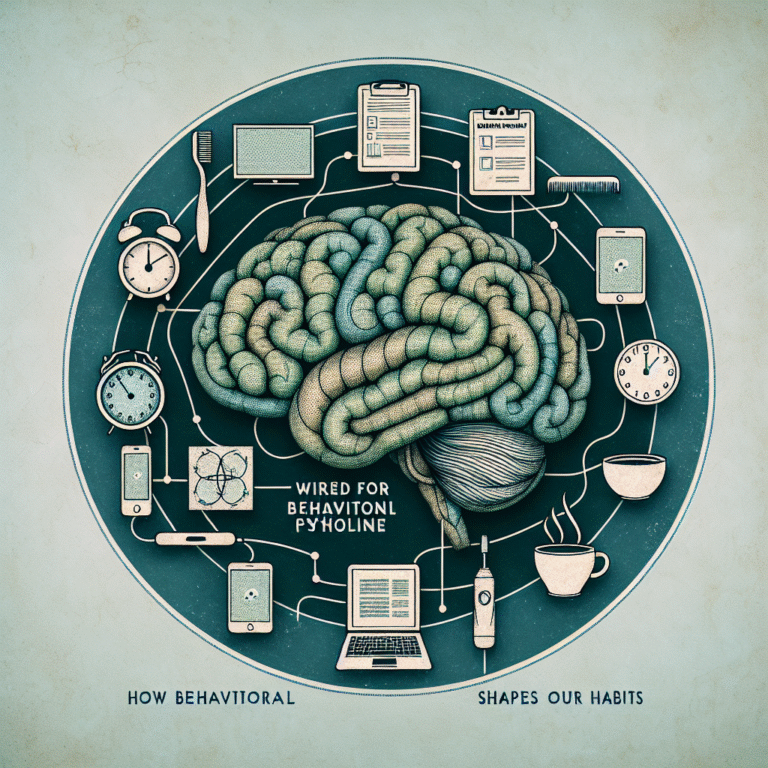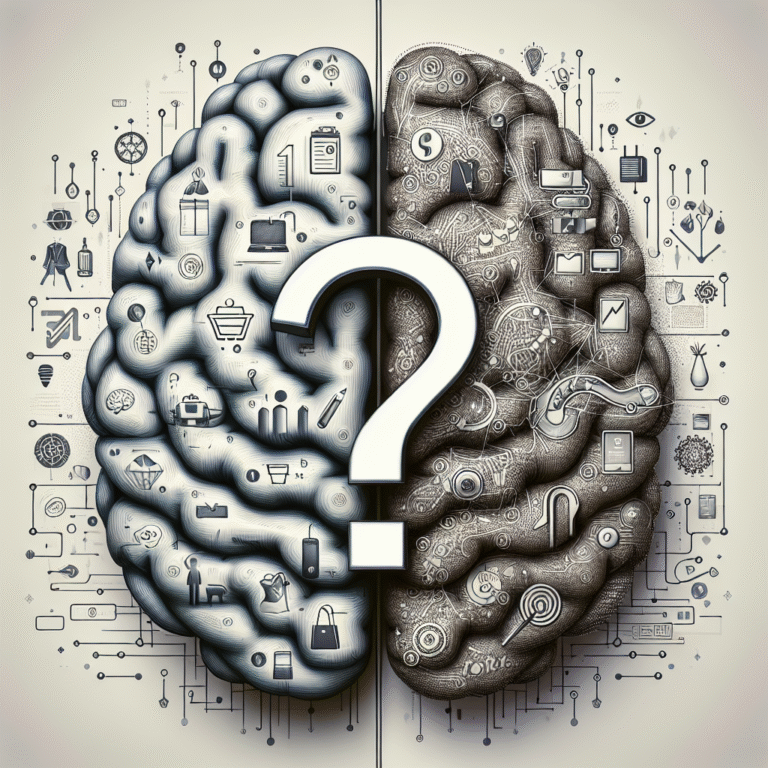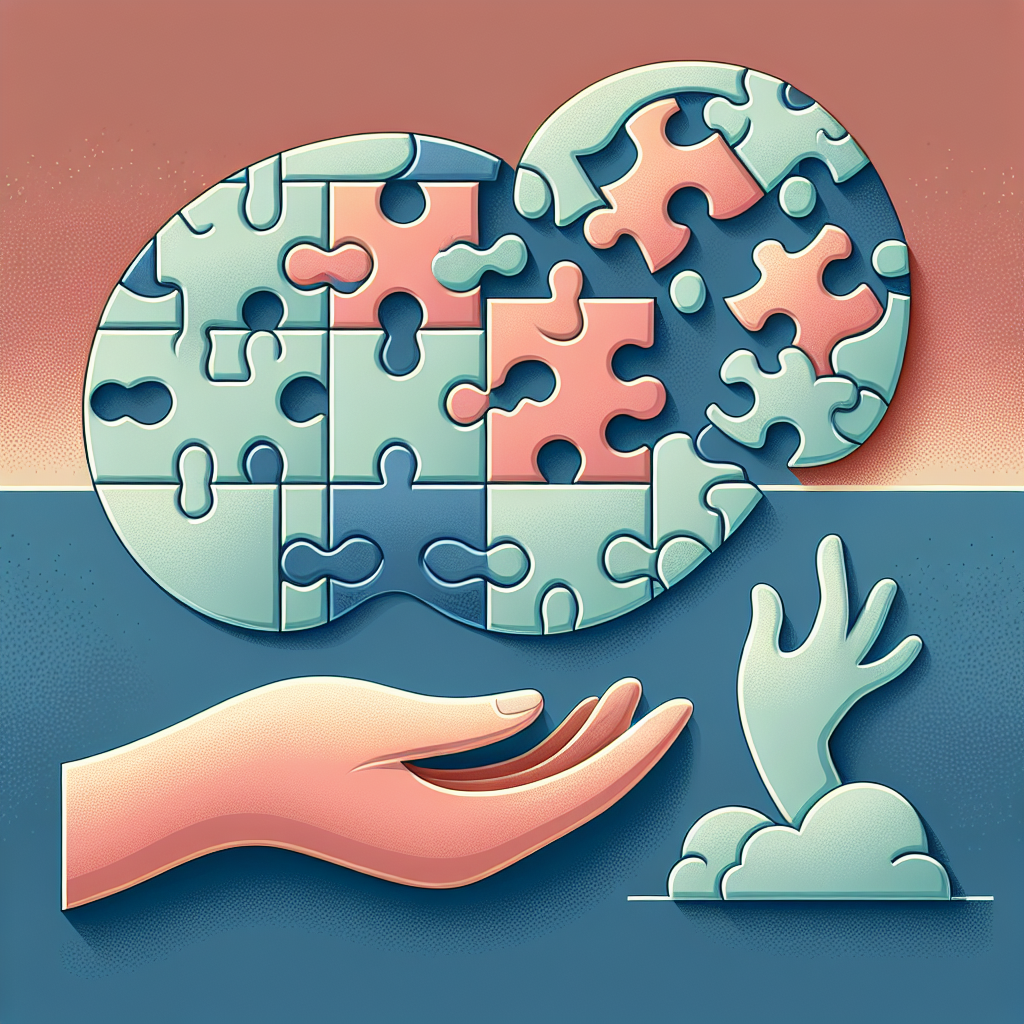
Ultimate Guide to Neurodevelopmental Disorders: What They Are and How to Support Affected Individuals
Introduction
Neurodevelopmental disorders have emerged as critical areas of focus in modern medicine and psychology, significantly affecting millions of individuals worldwide. These conditions, which include Autism Spectrum Disorder (ASD), Attention-Deficit/Hyperactivity Disorder (ADHD), and Learning Disabilities, can profoundly impact cognitive functions, social skills, and daily living. Yet, despite their prevalence, the understanding surrounding neurodevelopmental disorders often remains limited. This comprehensive guide aims to familiarize readers with neurodevelopmental disorders: what they are and how to support affected individuals effectively.
What Are Neurodevelopmental Disorders?
Neurodevelopmental disorders are conditions that typically manifest in early childhood, as the brain develops and matures. They can result from genetic, environmental, and biological factors that disrupt typical neurological development. To better understand these disorders, let’s delve deeper into the specific types.
Types of Neurodevelopmental Disorders
-
Autism Spectrum Disorder (ASD)
- Characterized by challenges in social interaction, communication difficulties, and restricted interests.
- Varies widely in its severity and manifestations, resulting in a "spectrum" classification.
-
Attention-Deficit/Hyperactivity Disorder (ADHD)
- Defined by symptoms of inattention, hyperactivity, and impulsivity that can hinder functioning and development.
-
Learning Disabilities
- Includes dyslexia, dyscalculia, and dysgraphia, which affect reading, math, and writing skills, respectively.
-
Intellectual Disability
- Identified by significant limitations in both intellectual functioning and adaptive behavior.
- Tic Disorders
- Characterized by involuntary movements or vocalizations, including Tourette’s syndrome.
Symptoms and Diagnosis
Table 1: Common Symptoms of Various Neurodevelopmental Disorders
| Disorder | Common Symptoms |
|---|---|
| Autism Spectrum | Difficulties in social interaction, repetitive behaviors |
| ADHD | Inattention, hyperactivity, impulsivity |
| Learning Disabilities | Struggles with reading, writing, or math |
| Intellectual Disability | Challenges in learning and adaptive behavior |
| Tic Disorders | Involuntary movements or sounds |
Diagnosing neurodevelopmental disorders typically involves a comprehensive evaluation that includes developmental history, behavioral assessments, and standardized tests. It is crucial for parents, educators, and healthcare providers to work closely during this assessment process to ensure a thorough and accurate diagnosis.
Supporting Affected Individuals
Now that we have established what neurodevelopmental disorders are, let’s explore how to support affected individuals effectively.
Early Intervention
Research shows that early intervention can significantly enhance developmental outcomes for children with neurodevelopmental disorders. Programs that integrate speech therapy, occupational therapy, and behavioral strategies can create a supportive learning environment.
Case Study: Early Intervention in Autism Spectrum Disorder
A study conducted by the National Institute of Mental Health highlighted the dramatic benefits of early intervention in children diagnosed with ASD. Children who participated in intensive early intervention programs between ages 2 to 5 showed improved communication skills and social interactions compared to those who did not receive support.
Personalized Education Plans
Individualized Education Programs (IEPs) are tailored plans that provide specialized instruction and support, ensuring that students with neurodevelopmental disorders receive an education customized to their unique needs. These plans often involve collaboration among teachers, special educators, and parents.
Case Study: Successful Utilization of IEPs
Consider the case of James, a 10-year-old with ADHD. Through an IEP, his school provided accommodations such as extended testing time and a quiet space for concentration. As a result, James’s academic performance improved significantly, boosting his self-confidence.
Table 2: Elements of an Effective Individualized Education Program (IEP)
| IEP Element | Description |
|---|---|
| Goals | Set specific, measurable, achievable goals |
| Services | Specify the specialized services required |
| Accommodations | Outline necessary classroom modifications |
| Progress Reporting | Establish a schedule for consistent updates |
Social Support and Advocacy
Creating a supportive social environment for individuals with neurodevelopmental disorders is paramount. Families, peers, and community members can play a significant role by fostering inclusivity and understanding.
Case Study: Peer Support Programs
A community program in Chicago established a peer support group for children with learning disabilities. By providing a space for shared experiences, participants reported a boost in confidence and social skills, enhancing their overall well-being.
Parent and Caregiver Support
Supporting families is essential when addressing neurodevelopmental disorders. Parents and caregivers often experience significant stress and should have access to resources such as support groups, counseling, and education workshops.
Case Study: Parent Workshops
An organization in New York set up workshops for parents of children with ADHD, teaching effective strategies for behavior management and stress reduction. Feedback indicated that participants felt more empowered and equipped to support their children.
Seeking Professional Help
Finding Qualified Healthcare Providers
Individuals affected by neurodevelopmental disorders often benefit from a multidisciplinary approach to treatment. This might involve psychologists, speech therapists, occupational therapists, and special educators.
Questions to Ask Healthcare Providers:
- What type of assessments will be conducted?
- What interventions do you recommend?
- How can we involve the school in this process?
Living with Neurodevelopmental Disorders
Living with a neurodevelopmental disorder can present challenges, but understanding the nature of these conditions promotes acceptance and resilience. Families and individuals should strive to celebrate successes, no matter how small, and advocate for their needs.
Building Resilience and Coping Strategies
It’s essential for individuals to develop coping mechanisms that work for them. Mindfulness, physical activity, and engaging in hobbies can be beneficial.
Encouraging Understanding and Compassion in Peers
Advocating for education about neurodevelopmental disorders in schools can foster tolerance and empathy. Programs that aim to educate peers can dismantle stigma and promote inclusiveness.
Conclusion
Neurodevelopmental disorders impact countless lives, but with awareness, understanding, and support, significantly positive outcomes can be achieved. From early intervention to personalized education plans and community resources, strategies exist that promote healing and growth. By actively participating in the journey of affected individuals, we can make a substantive difference in their lives.
FAQs
1. What are the most common neurodevelopmental disorders?
The most common neurodevelopmental disorders include Autism Spectrum Disorder, Attention-Deficit/Hyperactivity Disorder, dyslexia, and intellectual disabilities.
2. How can I identify if my child has a neurodevelopmental disorder?
Signs can include challenges in communication, social interaction, learning difficulties, or inability to focus. Consulting a healthcare professional for a comprehensive evaluation is advisable.
3. Are there any specific therapies available for neurodevelopmental disorders?
Yes, therapies may include behavioral therapy, speech therapy, occupational therapy, and educational interventions tailored to the individual’s needs.
4. Can neurodevelopmental disorders be cured?
While many neurodevelopmental disorders cannot be cured, various treatments and support strategies can significantly improve symptoms and quality of life.
5. How can schools support students with neurodevelopmental disorders?
Schools can implement Individualized Education Programs (IEPs), foster inclusive classrooms, and promote awareness among students and staff.
In summary, neurodevelopmental disorders: what they are and how to support affected individuals is a critical conversation we need to foster as a society. By enhancing our understanding and support systems, we can empower those with neurodevelopmental disorders to thrive in their unique journeys.
